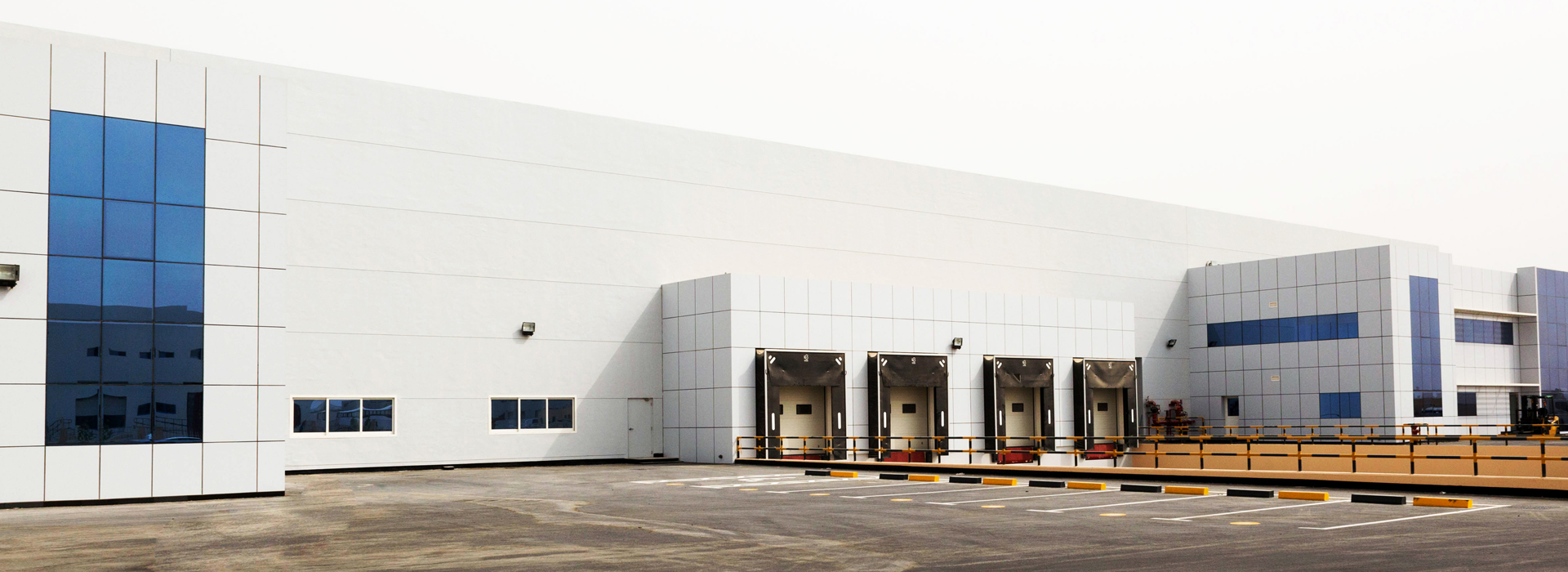The industrial refrigeration market all over the world has experienced steady growth in the past few years. COVID-19 has indeed disrupted every industry, but the commercial cooling market has not halted. Commercial refrigeration includes various types of processes and machinery. These are essential components of different industries, from construction to food processing. Industrial systems consume a lot of electrical power. This is why installing insulated panels inside cold rooms can maintain the optimal temperature and lower the energy bills.
What is industrial refrigeration? These are machines that utilize the chilling procedure to release heat from a specific item. This system is most commonly used in industries that include food processing, brewing, and construction. It works like refrigeration at home using the refrigeration cycle. A specific operation takes place during the heat transferring to create chill conditions.
The refrigeration cycle explained
So, here are the 4 main components of a commercial refrigerator:
Refrigerants: These are various liquids that help in transferring heat from one area to another. All of these take new forms when the pressure and temperature alter them. For instance, as the system gets heated, it converts to vapor. Again, as it cools down, the gas goes back to liquid form. This helps in the heating and cooling procedure. Some of the popular refrigerants are ammonia, R134, R134a, which do not contain halogen. Non-toxic gases keep the environment clean and the air safe to inhale. Again, ammonia has a better capability of absorbing heat better. Some other refrigerants are used, which could include hydrocarbons, carbon dioxide, and fluorocarbons.
The condenser: As soon as the refrigerants leave the compressor, it enters the condenser, also called the coil. The condenser remains outdoors, and the coil is exposed to cold items or environments. This bars the refrigerant from releasing heat. When the heat is released, the refrigerant condenses and transfers into a liquid state. The aim here is that when the refrigerant leaves the condenser, it should be cool and have the same pressure.
Compressor: The refrigerant turns into a vapor state due to heat; it gets into the compressor. This component raises the temperature and pressure of the vapor. The temperature always needs to be higher compared to the condensing fluid for an uninterrupted refrigeration cycle.
Metering device: The refrigerant gets into this device post leaving the compressor. This slows down the rate of flow of the refrigerant into the evaporator. Also, it helps in lowering the pressure. This device acts as a valve between the high- and low-pressure parts of the cooling system.
Evaporator: This is the last stage of the commercial cooling system, and here, all excess heat is absorbed. This is just like the condenser, but here the evaporation of refrigerant takes place.
Rely on TSSC’s industrial refrigeration units
If you are looking for industrial refrigeration in the Middle East, rely on TSSC Group. We also design refrigerated trucks for portable refrigeration, which is very popular in the UAE. We also use project management software so that we can flawlessly deliver our solutions. TSSC has experience in this field for more than forty years. Please book a consultation with the TSSC team to discuss your project.
